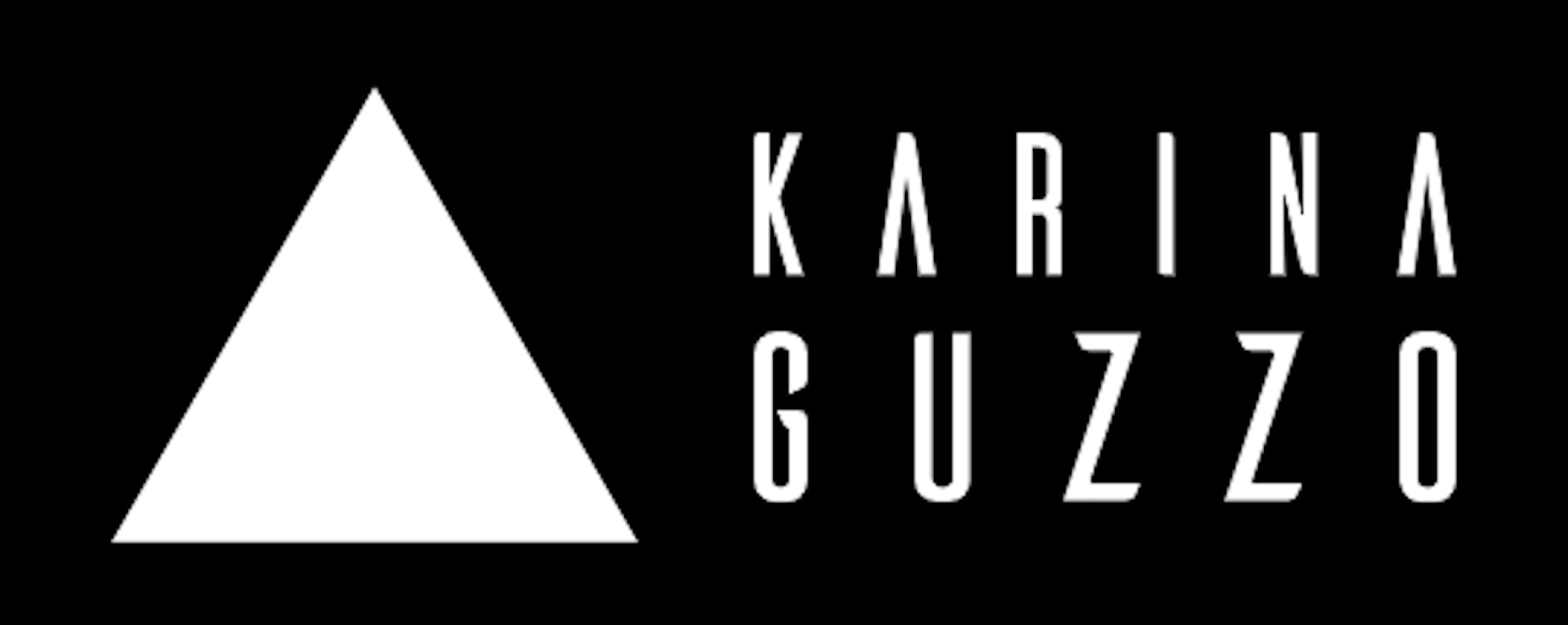I’ve discussed the 3 moods of productivity in this post Productivity moods. Understanding these moods was as fundamental as the other aspects I gonna talk about in this post.
Productivity can be understood in various ways. Out of every 10 people I ask, more than half share three common aspects of productivity:
- Doing the maximum possible,
- In the shortest time,
- With the best possible quality.
In essence, this means that productivity involves quantity and speed.
While this makes a lot of sense, I believe it goes beyond that.
I consider some other elements important when it comes to productivity:
→ Right Direction: Where am I headed? Without a purpose for what you do, even if you do a lot, quickly and in good quality, it won’t be sustainable in the medium and long term if the results don’t take you where you want to go.
→ Satisfaction in the Journey: Am I well doing what I do? Am I happy with my journey? Because if not, if I get sick, I won’t be able to produce anymore. So staying well is a priority. If I’m okay, I can take care of the rest.
After this philosophical reflection, a few more reminders:
Productivity is a progressive process that takes time to refine. You gradually build your individual way of managing life’s demands: combining different methods, tools, and habits, abandoning some along the way, and experimenting with others. It’s an endless cycle of testing, learning, and adjustments.
We can think of productivity as a pyramid of needs:
- At the base, first, understand, organize, execute, and evaluate our current tasks.
- Then identify all our projects and manage them. Within these projects are tasks.
- Reflect on goals that take more than 1 year. Within them are various projects.
- Now, with more breathing space, think about our life areas separately: work, health, finances and so on. From this reflection, extract tasks, projects, and even goals.
- Balancing (not perfectly) the previous points, you start thinking about more sophisticated aspects: lifestyle, values, mission, purpose, etc.
I believe it’s crucial to start with what’s most urgent, what’s right in front of us (tasks), before advancing to more sophisticated elements (values, purpose, etc.). You wouldn’t think about decorating the house when your sink is broken and leaking water everywhere. Decoration is an important element, but it’s impossible to survive in a house when you can’t do your basic routine.
In addition to these 5 progressive aspects of the productivity journey, I strongly believe that we must consider 3 elements:
- The choice of Tools: Notion, Trello, Asana, etc.
- The development of Habits: Check-in/Check-out, when to check emails per day, recurring meetings, weekly/monthly reviews, etc.
- The choice of a Method: GTD, PARA, Bullet journal, etc.
The method is undoubtedly the most important element because it will sustain you when things go wrong. It’s like a safe space always available, regardless of where you are and your current life situation: you have a place to return to – your beliefs, your best routine, your values and what you really need to worry about – This safe space is your productivity system.
Perhaps this is the core of the productivity issue for me: having the clarity to do what I can in the present moment, according to the conditions and resources I have at the moment. And to do this, I build a system that allows me to navigate life’s ups and downs.

